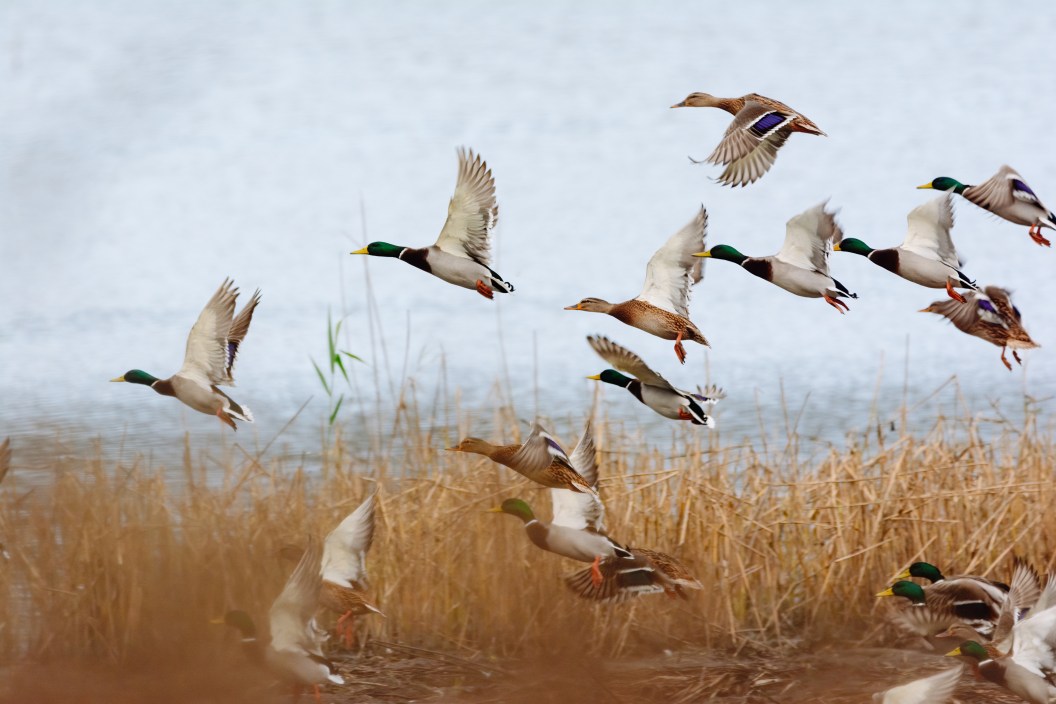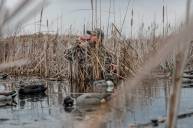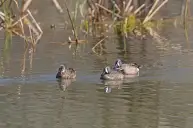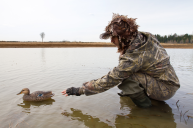For a hunter, hearing the whistling wings and loud calls of hundreds of migrating ducks while streaks of orange start to grace the horizon is a beautiful thing. While every morning duck hunting doesn't end with filling your limits, the pleasures of the duck blind make it one of our favorite things to do outdoors.
That is, if a few things—such as leaky waders, sinking decoys, and missing calls—can be avoided.
Luckily, a little preseason prep makes for a fun day of duck hunting. It usually doesn't take very long to prepare, and the rewards certainly outweigh the costs of winging it. Start by purchasing your license and reviewing regulations. Inspect your waders, prep your decoys, repair your blinds, get out to scout, and, of course, dust off your shotgun.
Sound like a lot? How you prep for duck hunting season is up to you—but these seven easy steps are a good checklist. Here they are in a quick list of golden rules. Follow along, and you'll be fully prepared for opening day of duck hunting season.
1. Purchase Licenses and Stamps, and Review Regulations
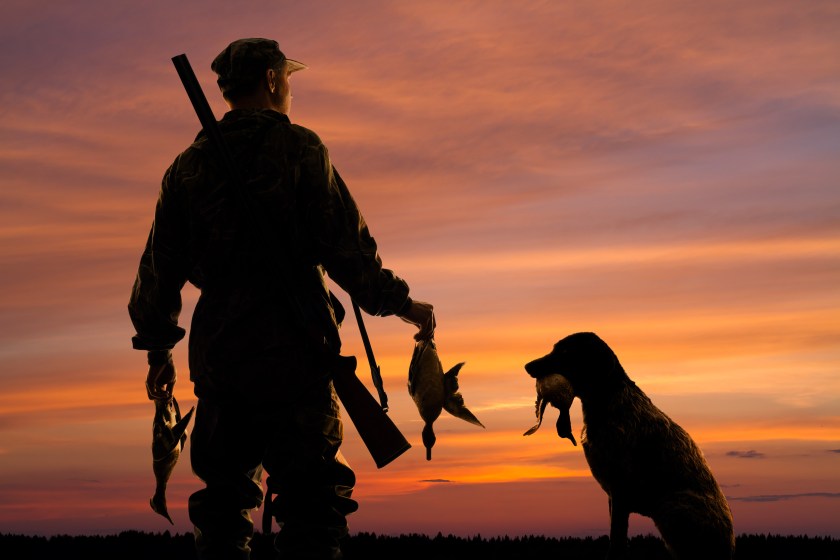
Getty Images, Pavel Rodimov
Purchase all the necessary licenses and tags you'll need to duck hunt for the year. This includes the federal duck stamp and all applicable state licenses and fees. You can do this pretty quickly on your state's DNR website or app. Duck stamps are around $25.
The next step is to review your local regulations. Each year, duck regulations go under review, and sometimes they change. Fail to review your state's regulations, and you may be caught unaware of changes in season schedule or bag limits. You certainly don't want to find out in the marsh from a conservation officer.
While breaking any law is not good, breaking federal hunting laws often comes with higher fines and penalties. In some cases, hunting licenses can be revoked for years and gear can be confiscated. It's important for any serious duck hunter to review the regulations and read up on federal recommendations before every hunting season and at least a few times throughout the season.
2. Inspect Your Gear and Get Organized
If you enjoy looking at duck hunting gear as much as I do, then this step can be quite fun. (Plus, it's usually pretty easy to come up with an excuse to buy a new piece of gear.) Here's a simple checklist:
- Check decoys for cracked keels, pellet holes, missing weights, and proper cord length.
- Look for torn straps and holes in decoy bags.
- Check spinning wing decoy batteries.
- Check bearings in wind decoys.
- Organize small gear items such as your headlamp, calls, and ear protection in a blind bag so you don't forget anything on opening morning.
I always check my waders before the season starts. No matter what brand you use, all waders start to leak eventually—it's just the way of things. If you noticed a small leak last season and didn't do anything about it, now is a good time to patch it. Aquaseal usually works quite well for repairs. If the hole is too big to repair or an entire seam is ripped, then you may want to treat yourself to a new pair.
3. Repair or Replace Old Duck Decoys
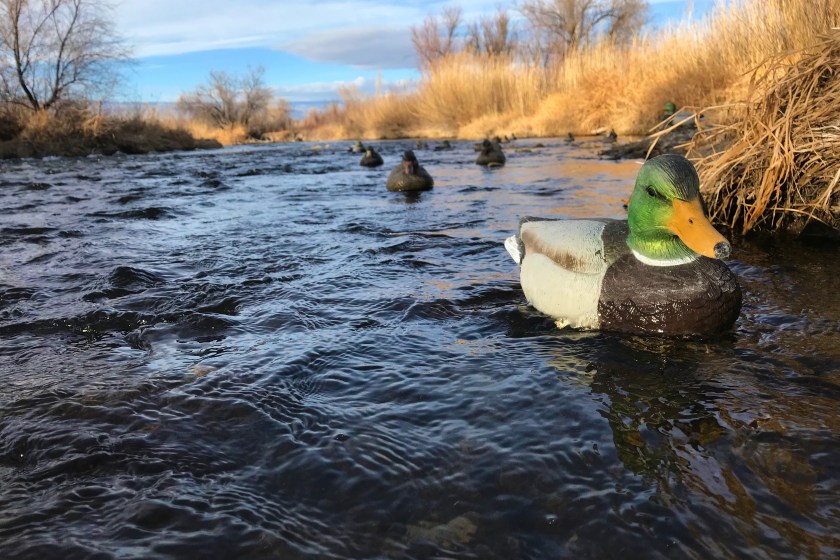
Getty Images, eye crave productions
Some people touch up the paint on their own decoys. Because I am not artistic, I turn chipped or faded decoys into "general" diver duck decoys using black and white paint schemes. They don't always look perfect, but they certainly work for me.
A common problem is floating decoys that sink or sit low in the water because of pellet holes. If your decoys have enough holes to sink in water, it may be time to replace them. Or, you can use sealer to salvage decoys and make sure they stay properly afloat.
4. Get Your Decoy Spread Together
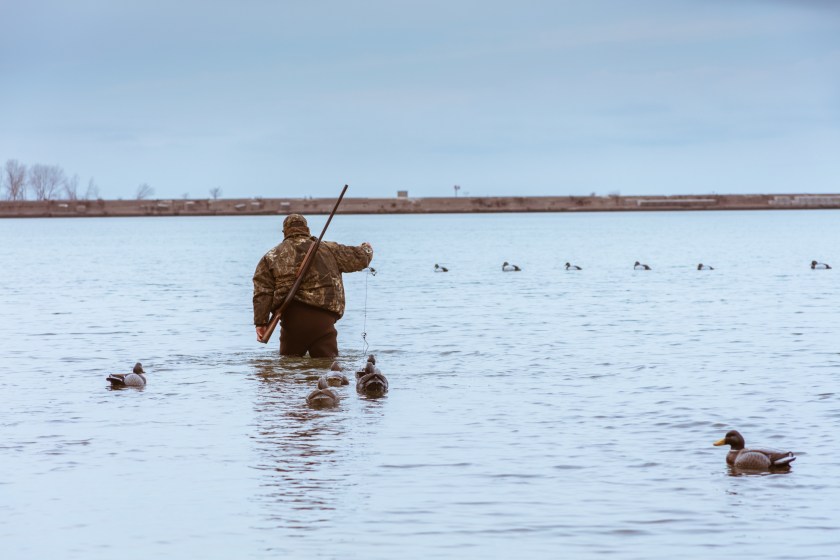
Getty Images, Wirestock
The decoy spread you use on opening day is likely going to be quite different from the one you use later on in the season. In many areas, duck hunters only use one or two dozen decoys early on in the season; once the migration is in full swing, they may use several dozen or more. Additionally, duck species also usually change throughout the season.
In many areas, early in the season, you're likely to see teal including blue-winged, green-winged, and cinnamon, wood ducks, and other local birds such as mallards. If you can, try to match your decoys to the ducks you are currently seeing or expect to see on opening day.
Don't just make sure you plan out your spread. Have your jerk string ready to add some movement. These final preparations might take a little extra time, but when you're excited and ready to go on opening day, you'll be happy you did.
5. Construct or Repair Your Blind
The best time to make or camouflage your blind is before hunting season starts. This is especially true if you will be using a portable blind or boat blind. A little new grass and reeds can go a long way toward making your hide look more realistic. If you have a long season, this will also give you the opportunity to replace your brown grass with green grasses to better match early-season foliage and help fool more birds.
Especially if you've built your own blind that you use year after year, checking on it a few months before the season is a good idea. You will want to cut a trail to it, make sure all your wood is holding up, and see what needs to be fixed or replaced. No matter what you are hunting out of, it's always a good idea to bring some black zip ties with you; they help immensely to patch up a blind in a pinch.
6. Scout for Ducks
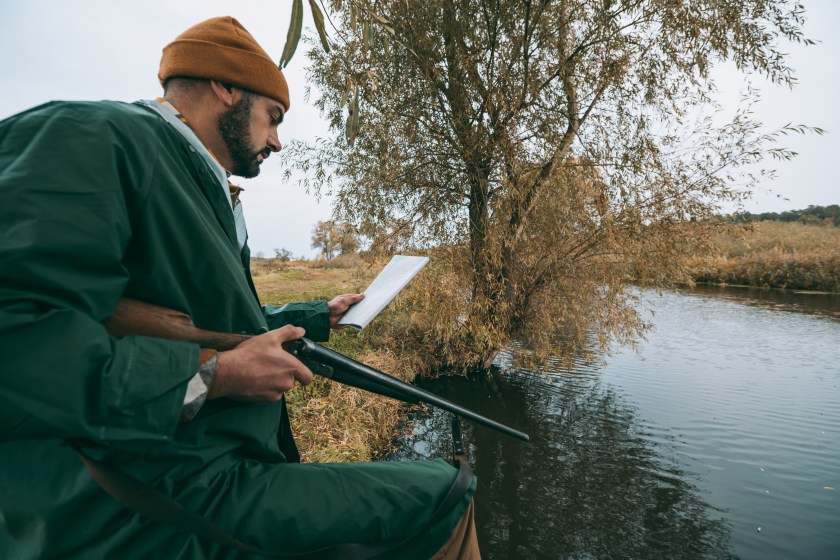
Getty Images, Lightfield Studios
Scouting is often the difference between bagging your limit and a slow day in the blind. Every experienced duck hunter knows the importance of being on the "X". This is especially true for wood ducks, which are often one of the first species that duck hunters target in the fall.
Personally, I like to scout until I find at least three different promising areas. I know that I'm not the only one excited about duck season. Especially if hunting public land, I like having backup plans so I'm not wondering what my next move should be if someone beats me to my first spot. Every hour you spend scouting will pay out tenfold in ducks.
7. Practice Makes Perfect
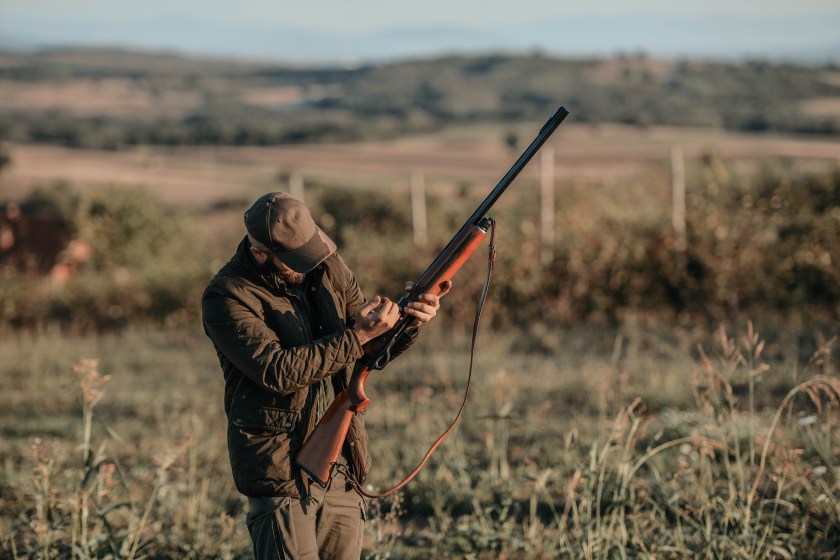
Getty Images, Photographer and Illustrator
The last and arguably most important step to get ready for duck season is to practice shooting. Hopefully, this is something you do year-round. If not, it's a great idea to get out and shoot trap or skeet before the duck season. It's easy to get out of practice. If the shooting is slow, every shot counts. You don't want to be the guy spending hours looking for crippled ducks in the cattails.
If you've never shot clay pigeons before, start out with a few rounds of trap. Once you are comfortable on the range, move to skeet. Skeet shooting is much more challenging and much more realistic because it includes hard crossing shots—which are pretty common when duck hunting.
You can get a basic machine to throw skeet in your backyard or somewhere on your hunting property, if you have the room. Invite your friends and family over, pull out the grill, and you'll be practicing while having a great time.
